9 Supposed High-Protein Foods That Don’t Measure Up—And 10 Power Picks That Beat an Egg
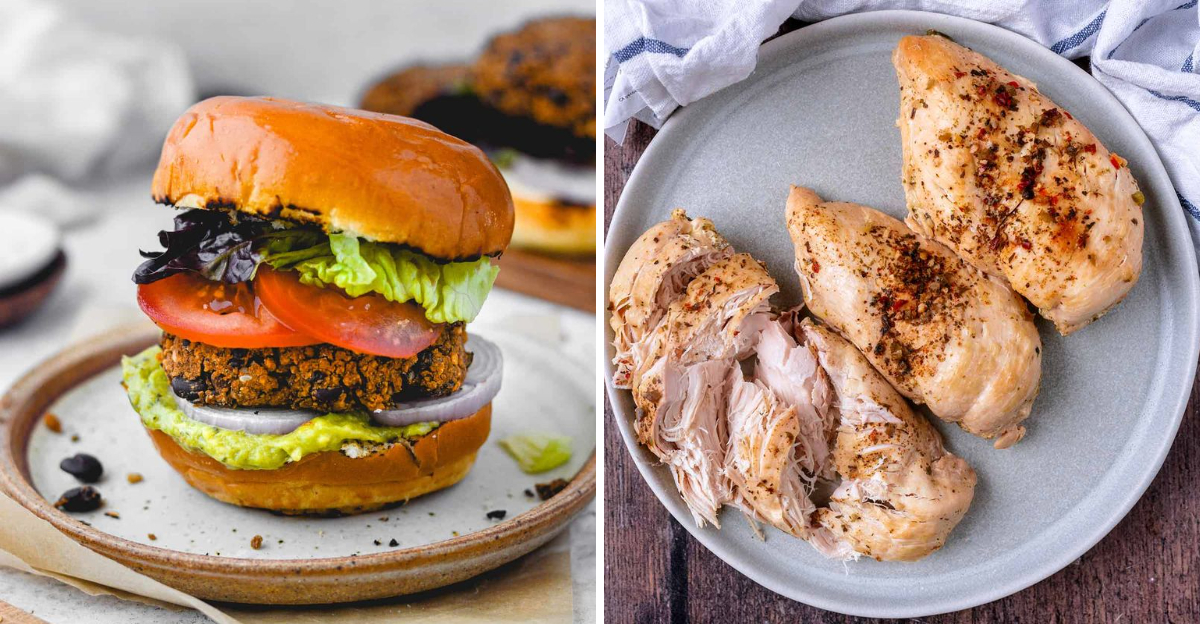
In the quest for protein-rich foods, many options are marketed as high-protein, but don’t always deliver. This article explores nine such foods that fall short and ten alternatives that surpass the protein content of an egg.
1. Flavored Instant Oatmeal
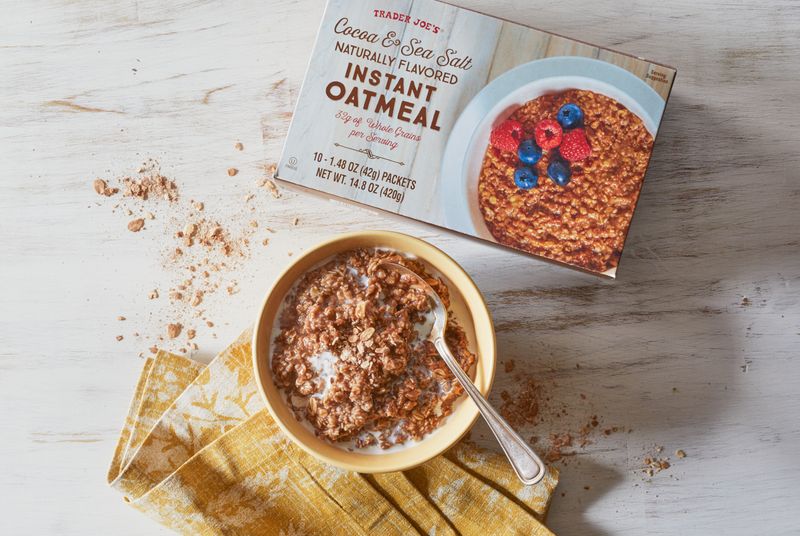
Flavored instant oatmeal is often marketed as a convenient, protein-rich breakfast option. However, most packets contain only 3–5 grams of protein, overshadowed by the abundance of added sugars. This meager protein content is not sufficient for those seeking a truly nourishing start to their day. While its warm, comforting texture appeals to many, the nutritional value leaves much to be desired. The added flavors often mask the lack of substantial protein, making it a less ideal choice for a protein-focused diet. Consider pairing it with a high-protein milk to boost nutrient intake.
2. Store-Bought Granola

Store-bought granola frequently carries a ‘protein’ label, yet typically offers only a modest 3–4 grams per serving. This number pales when compared to its high sugar and fat content, which can counteract health benefits. While the crunchy texture and sweet flavor are enticing, it doesn’t fulfill the protein expectations. The combination of oats, nuts, and sweeteners provides energy but lacks the protein punch. To make granola a more viable protein option, try mixing it with Greek yogurt or milk, both of which add valuable protein to the meal.
3. Peanut Butter (Per Tablespoon)

Peanut butter is celebrated for its rich flavor and healthy fats, but with only 3–4 grams of protein per tablespoon, it doesn’t live up to the protein hype. This delicious spread provides essential nutrients, yet it requires pairing with other protein sources for a balanced intake. The creamy texture and comforting taste make it a popular choice, but it’s worth noting the protein content remains moderate. Enjoy it with whole grain bread or apple slices to enhance the nutritional profile. Its versatility in recipes is unmatched, despite its modest protein.
4. Almond Milk
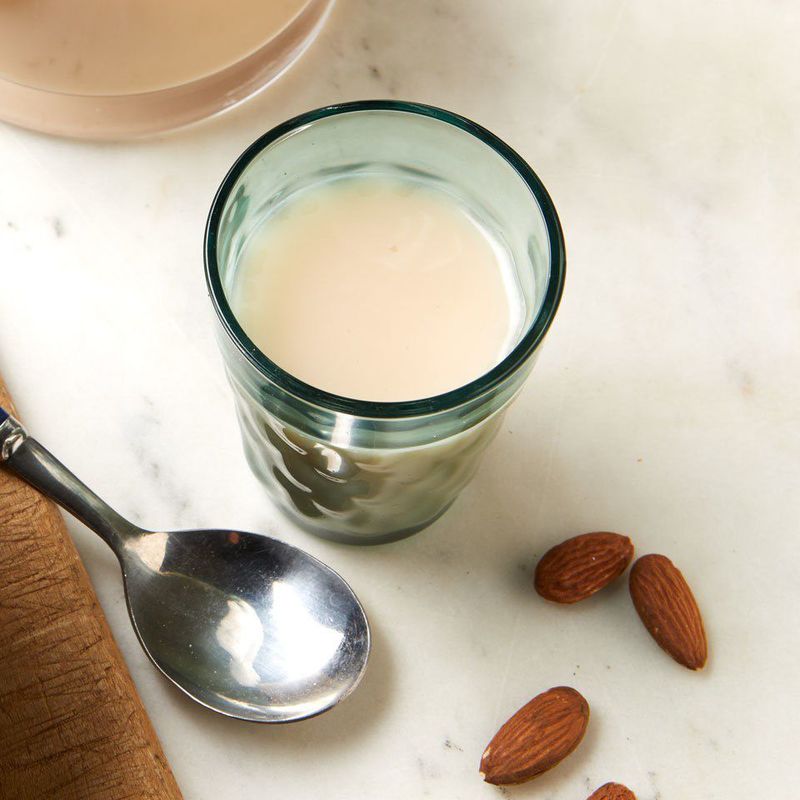
Almond milk is often marketed as a healthy alternative to dairy milk, yet it usually contains less than 2 grams of protein per cup. This is significantly less than cow’s milk, making it a less effective option for those seeking protein. Despite its smooth, nutty flavor, almond milk provides limited protein content. Consumers often choose it for its low calorie and lactose-free benefits. For enhanced protein intake, consider using fortified varieties or blending it with protein powders. Its creamy texture makes it a popular choice for smoothies and lattes.
5. Protein Snack Bars (Many Brands)
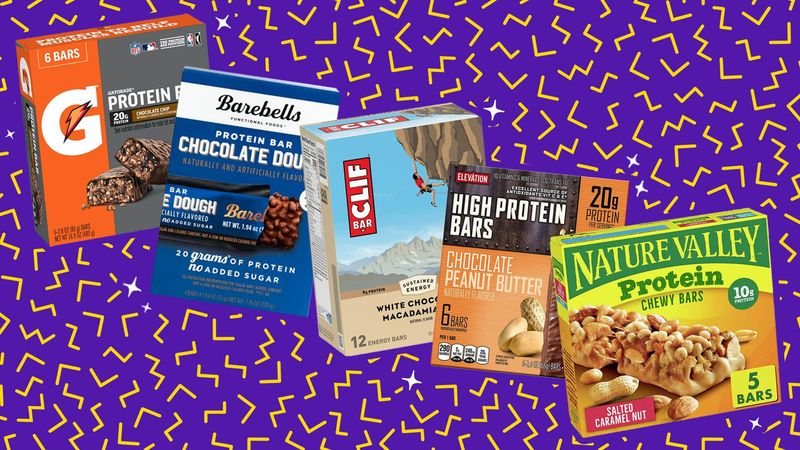
Protein snack bars, often marketed as on-the-go nutrition, can be misleading in terms of protein content. Many brands offer bars with barely 5 grams of protein, overshadowed by a hefty sugar content. While convenient and tasty, these bars often fail to meet the protein needs of active individuals. The sweet flavors and chewy texture appeal to those seeking a quick snack, but careful label checking is essential. To truly benefit from a protein bar, select those with higher protein and lower sugar ratios, ensuring a more balanced snack choice.
6. Hummus

Hummus, made from chickpeas, offers a creamy and flavorful dip, but only contains about 2–3 grams of protein per standard serving. While it shines in its fiber and healthy fat content, its protein offering is modest. The smooth texture and rich taste make it a beloved choice for many, yet pairing it with other protein-rich foods is advisable. Enjoy it with whole grain crackers or as a spread in sandwiches for a more balanced meal. Its Middle Eastern roots add an exotic flair to any table.
7. Veggie Burgers (Highly Processed Types)
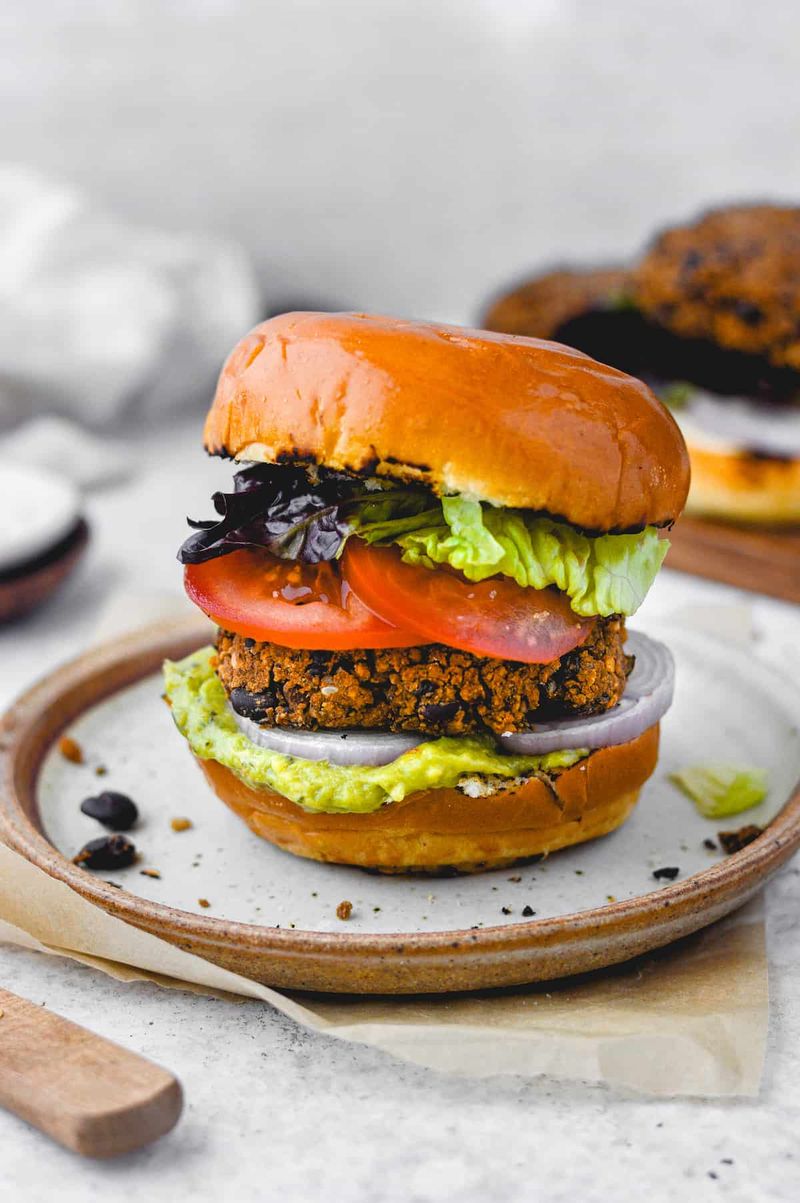
Veggie burgers are often seen as a healthier alternative to meat, but highly processed types may contain less than 5 grams of protein. These patties are often loaded with starches and fillers, lacking the legumes or soy that provide substantial protein. While their easy preparation and vegetarian appeal are attractive, they might not satisfy protein requirements. To make a more nutritious veggie burger, look for versions rich in legumes or grains, ensuring a higher protein intake. Adding wholesome toppings can enhance both flavor and nutrition significantly.
8. Quinoa (Per Serving)
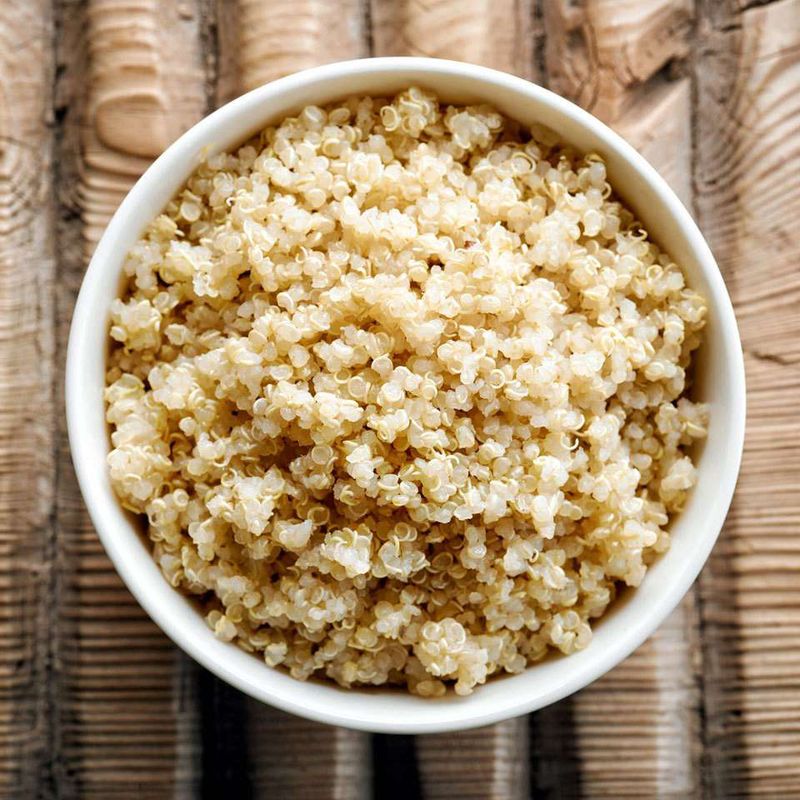
Quinoa is celebrated as a complete protein, yet one cup cooked offers only 8 grams, making it less protein-dense than some believe. Its nutty flavor and fluffy texture make it a popular choice, but pairing it with other protein sources can optimize its benefits. Known for its versatility in salads and bowls, quinoa provides a balanced array of amino acids, though not in overwhelming amounts. To enhance its protein potential, combine it with beans or chicken, ensuring a more robust protein intake from your meal.
9. Whole Wheat Bread (Per Slice)
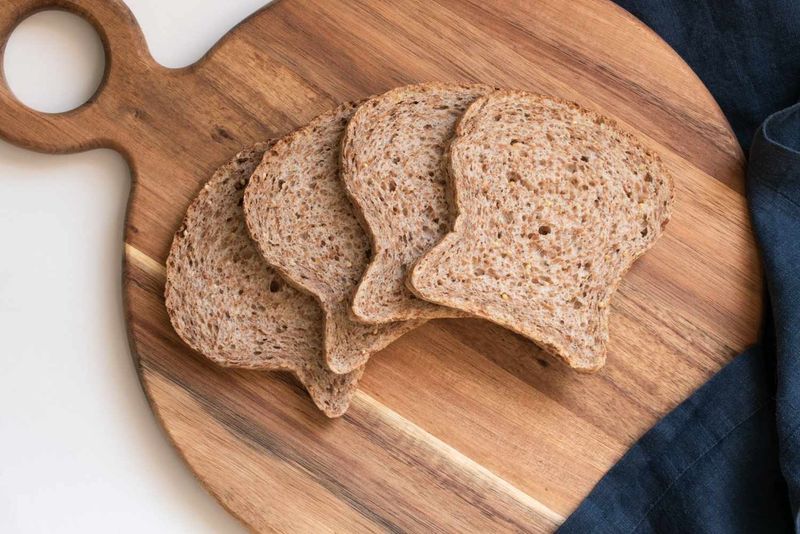
Whole wheat bread offers more nutrients than its white counterpart, with two slices averaging 6–7 grams of protein total. While not insignificant, it’s not especially high unless paired with protein-rich toppings. The hearty texture and nutty flavor make it a staple in many diets, but alone it does not fulfill significant protein needs. For a more nutritious meal, add toppings like peanut butter or turkey slices. Whole wheat bread’s role as a base complements a variety of flavors and textures, making it a versatile option.
10. Greek Yogurt (¾ cup, plain nonfat)
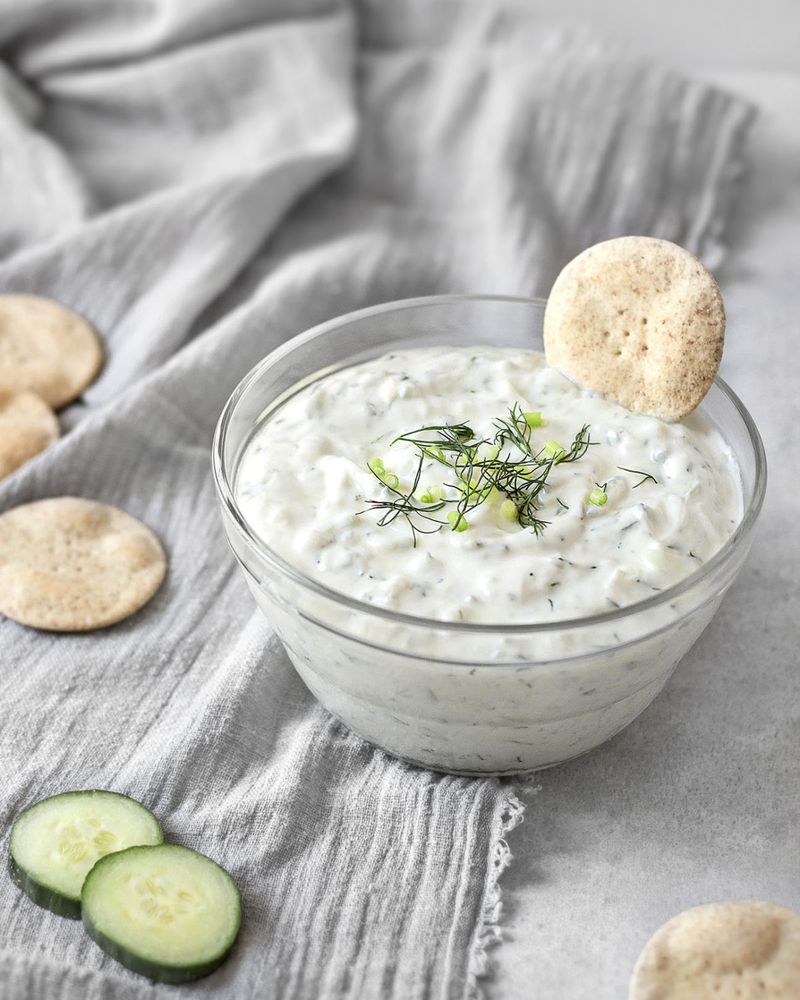
Greek yogurt stands out with its thick, creamy texture and impressive 15–20g protein content per ¾ cup. This makes it an excellent choice for breakfast or snacks, providing a substantial protein boost. Its tart flavor contrasts beautifully with sweet toppings like honey or berries. Besides being protein-rich, Greek yogurt is also a source of calcium and probiotics, supporting digestive health. Whether enjoyed alone or as part of a smoothie, its versatility and nutrient density make it a staple for those seeking high-protein options.
11. Cottage Cheese (½ cup)

Cottage cheese, with its mild flavor and creamy texture, offers 12–14g of protein per ½ cup, making it an excellent protein source. Perfect for both sweet or savory pairings, it can be enjoyed with fruits or herbs. Its rich protein and casein content provide sustained energy release, ideal for those seeking muscle growth or recovery. This dairy product is also low in fat, offering a balanced dietary choice. A versatile addition to various dishes, cottage cheese complements salads, wraps, or can be savored on its own.
12. Lentils (1 cup cooked)
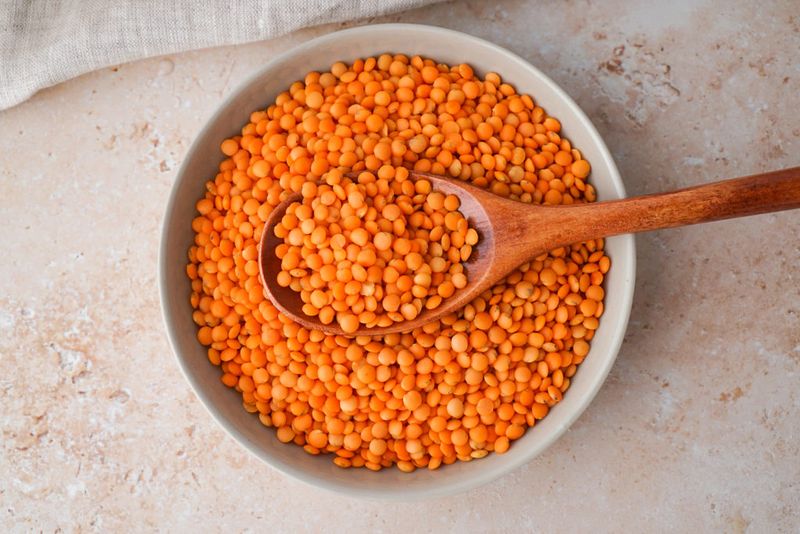
Lentils are a plant-based powerhouse, delivering an impressive 18g of protein per cooked cup. These legumes are rich in fiber and iron, providing steady energy and supporting overall health. Their earthy flavor and hearty texture make them an ideal ingredient in stews, soups, and salads. Lentils’ versatility allows them to be flavored with various spices, enhancing any dish. As a sustainable and nutritious option, they suit vegetarian and meat-based diets alike. From dhal to lentil burgers, their culinary potential is vast and nourishing.
13. Canned Tuna (3 oz)
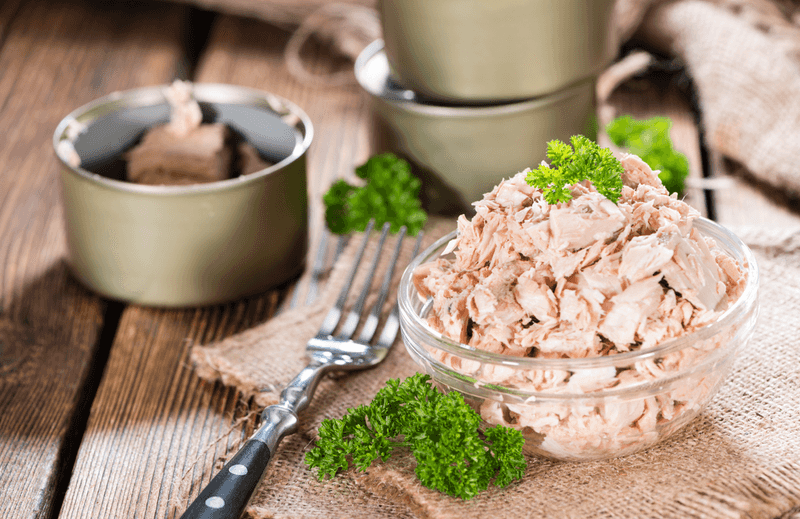
Canned tuna, with 20–22g of protein per 3 oz, is a lean and convenient protein source. Its mild flavor and flaky texture make it versatile for sandwiches, salads, or wraps. Offering omega-3 fatty acids and essential nutrients, tuna supports heart health. Quick and easy to prepare, it is perfect for on-the-go meals. Always ensure sustainable sourcing when choosing canned tuna, as it impacts environmental health. With its high protein content, tuna is ideal for those seeking a nutritious, low-calorie option to enhance their diet.
14. Tempeh (½ cup)

Tempeh, a fermented soy product, delivers an impressive 15–17g of protein per ½ cup. Its firm texture and nutty flavor add depth to various dishes. Tempeh is not only high in protein but also rich in probiotics, promoting gut health. Versatile in cooking, it can be grilled, sautéed, or crumbled into stir-fries. As a complete protein, it offers all essential amino acids. Its origins in Indonesian cuisine add an exotic appeal. Incorporating tempeh into meals supports a balanced, plant-based diet, full of flavor and nutrition.
15. Edamame (1 cup, shelled)
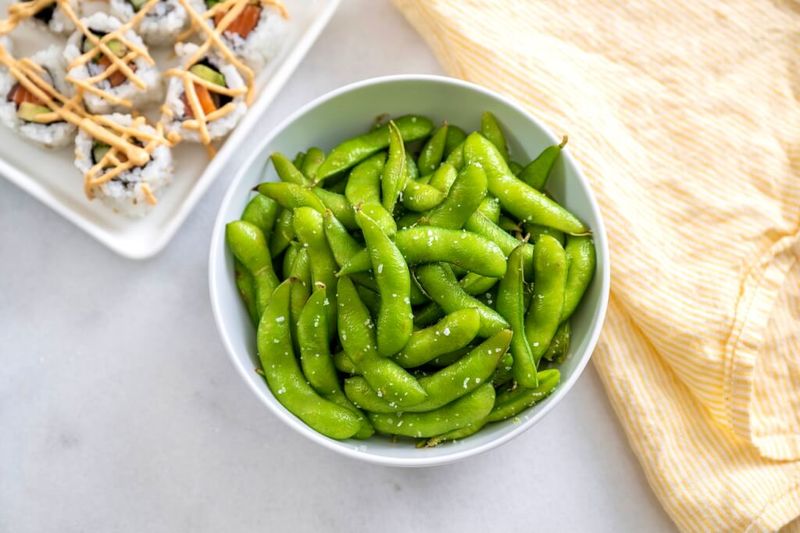
Edamame offers 17g of protein per cup, making it a nutritious and satisfying snack. These young soybeans are rich in plant protein and fiber, supporting digestive health. Their vibrant green color and slight sweetness make them an appealing choice for both kids and adults. Edamame is versatile; it can be enjoyed steamed, added to salads, or blended into dips. As a source of complete protein, it suits vegetarian and vegan diets. Its simplicity in preparation and delightful taste make edamame a favorite among health-conscious eaters.
16. Seitan (3 oz)
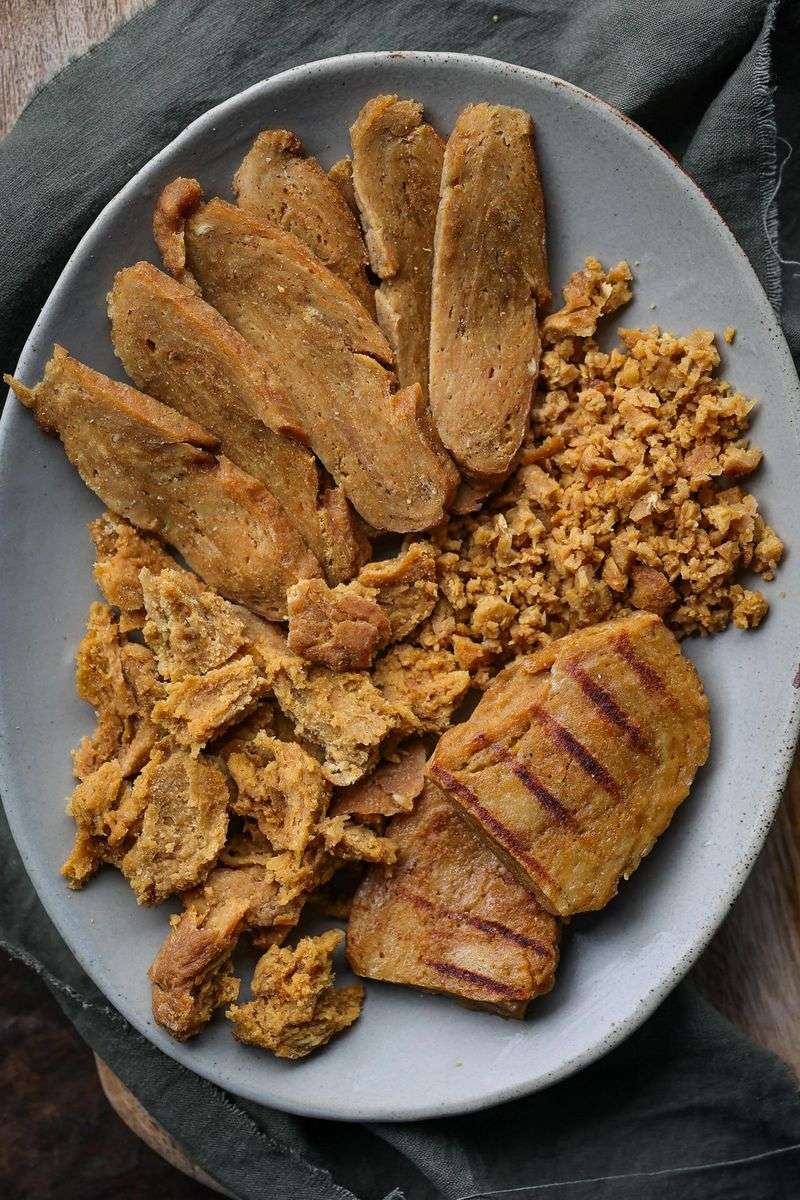
Seitan, made from wheat gluten, boasts a remarkable 20–25g of protein per 3 oz serving. Its chewy, meat-like texture makes it a popular vegetarian substitute, adding protein to various dishes. Known for its high protein-to-calorie ratio, seitan provides a fulfilling meal component. Flavorful when marinated or grilled, it absorbs seasonings well, enhancing culinary creations. Its origins in East Asian cuisine add cultural richness to its use. Ideal for those seeking plant-based protein, seitan complements stir-fries and sandwiches, delivering both taste and nutrition.
17. Chicken Breast (3 oz, cooked)

Chicken breast is a widely-used protein source with 25–27g per 3 oz serving. Its lean profile and mild flavor make it a staple in various cuisines. Whether grilled, baked, or sautéed, chicken breast adapts to numerous recipes, offering versatility and nutrition. Rich in essential nutrients, it supports muscle growth and repair. Its low fat content appeals to health-conscious consumers. From salads to sandwiches, chicken breast fits effortlessly into balanced meals. With its impressive protein content, it remains a popular choice for those seeking a nutritious diet.
18. Black Beans (1 cup cooked)
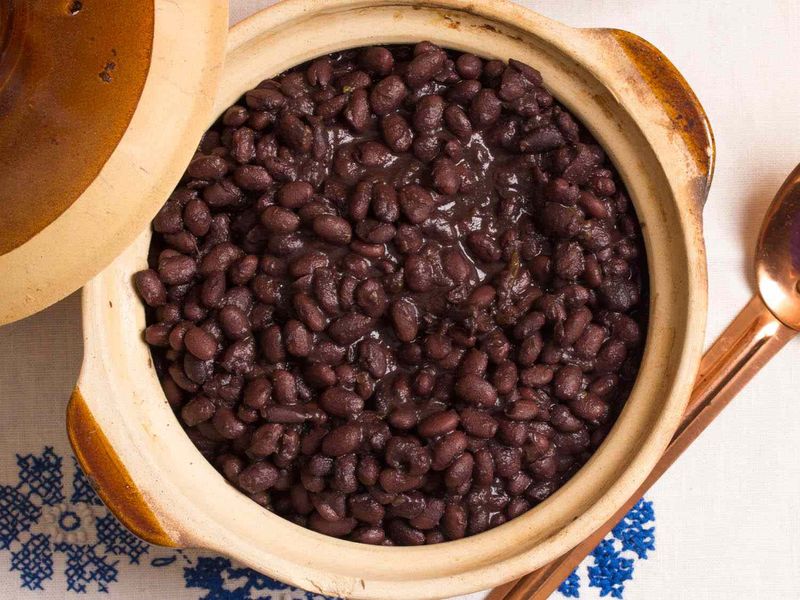
Black beans, offering 15g of protein per cooked cup, are a nutritious addition to various dishes. Their creamy texture and earthy flavor enhance stews, tacos, and grain bowls. Rich in fiber and antioxidants, black beans support heart health and digestion. They provide sustained energy, making them ideal for vegetarian and mixed diets. Easy to prepare and budget-friendly, black beans suit everyday meals and special dishes alike. Pair them with rice or vegetables for a balanced meal, combining taste with nutrition effortlessly.
19. Tofu (½ block, firm)

Tofu, with 10–13g of protein per ½ block, serves as a mild and absorbent base for various recipes. Its soft texture and subtle flavor allow it to blend seamlessly into stir-fries, soups, and scrambles. This versatile soy product offers a complete protein source for vegetarians and vegans. High in calcium and iron, tofu supports bone and muscle health. Its Asian culinary roots add global appeal to its use. Whether marinated, grilled, or fried, tofu adapts to flavors, enriching meals with simplicity and nutrition.
